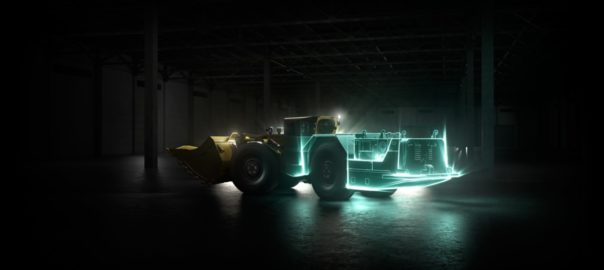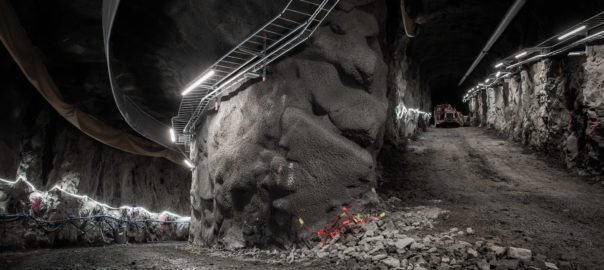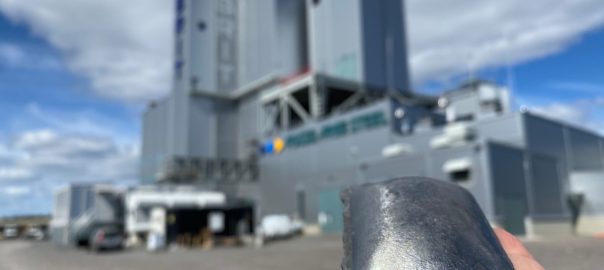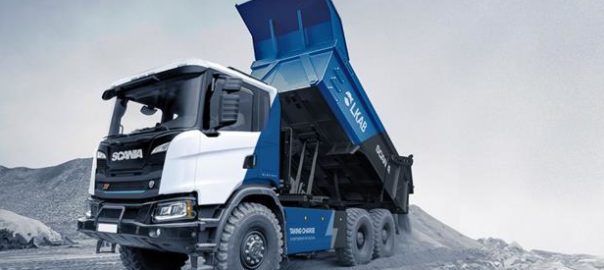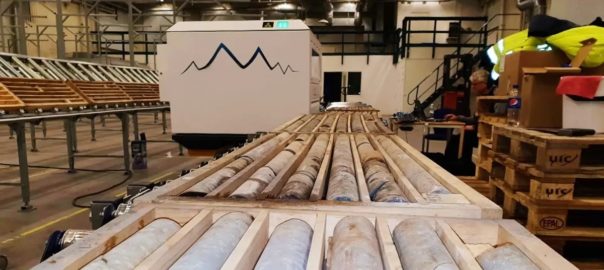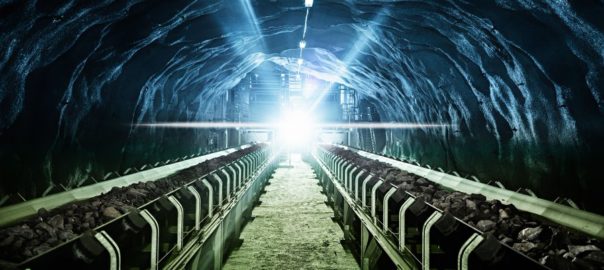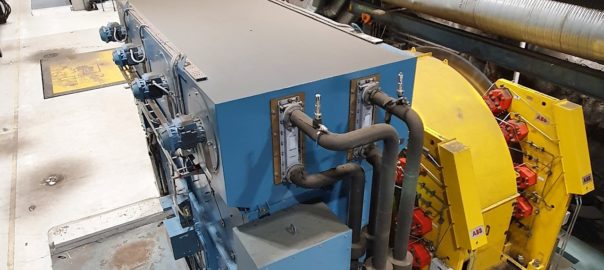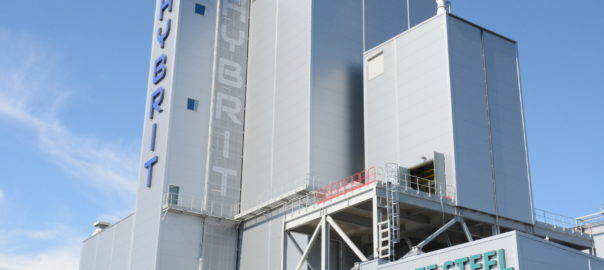In a quarter of record revenues and adjusted operating margin, Epiroc’s battery-electric equipment orders and market demand for electrified mining solutions again came to the fore.
The company posted revenues of SEK11.9 billion ($1.2 billion) in the June quarter, 22% up on the same three-month period of a year ago. Its adjusted operating margin came in at 23.6%, compared with 22.6% a year earlier.
Epiroc’s aftermarket division continued to dominate the balance sheet, accounting for 73% of revenues, which itself was up on the 69% registered in the June quarter of 2021.
Included within this revenue is the company’s growing mid-life battery retrofit solution, which it launched last year to provide a second electrified life for its diesel-powered machines. Able to convert existing machines to battery-electric versions, CEO Helena Hedblom said the offering continued to find favour with existing mining customers.
“With brownfield operations, there are great opportunities to bring battery-electric solutions into the fleet with our retrofit option when, for example, existing diesel-powered machines go in for their mid-life upgrades,” she said.
To this point, the company has devised readily available battery-electric retrofit options for its diesel-powered Scooptram ST1030, Scooptram ST14 and Minetruck MT436 machines, but Hedblom said the company was working on offering this option across its entire diesel-powered fleet, with the machine retrofit rollout plan determined by the size of the installed base in the marketplace.
The company also won several major equipment contracts in the June quarter that included battery-electric solutions.
Its electric machines are set to feature on major projects such as Odyssey and Onaping Depth in Canada. Closer to home in Sweden, the Epiroc battery-electric fleet will grow at LKAB’s underground iron ore operations and Boliden is set to use several of zero-emission truck and loaders at numerous mine sites.
Epiroc labelled Q2 as its “best quarter ever for electrification”, and Hedblom was equally effusive about the company’s offering, saying it was built for both greenfield and brownfield mines.
“We have a strong position in the electrification market; both for equipment sales, retrofit and electrical infrastructure,” she said.
The company’s infrastructure proposition was strengthened during the quarter with the acquisition of JTMEC, an Australia-based company specialising in providing mines with electrical infrastructure.
This comes on top of the company’s recent purchase of Meglab, a Canada-based company with expertise in providing electrification infrastructure solutions to mines, meaning it has electrification infrastructure expertise in two major mining hubs.
One of the battery-electric orders received during the most recent three-month period was from Boliden for the Rävliden, Kristineberg and Renström mine sites in northern Sweden. Included within this order was an Scooptram ST18 Battery that, the company previously confirmed, will include the incorporation of Scooptram Automation, representing one of the first times these battery-backed machines will receive an automation upgrade.
While a solution for automating the battery charging or swapping process remains some way off, Hedblom sees the convergence of the two – electrification and automation – getting closer in the future.
“Electrification and automation go hand in hand, with companies that are high on electrification also typically being high on automation,” she said.







